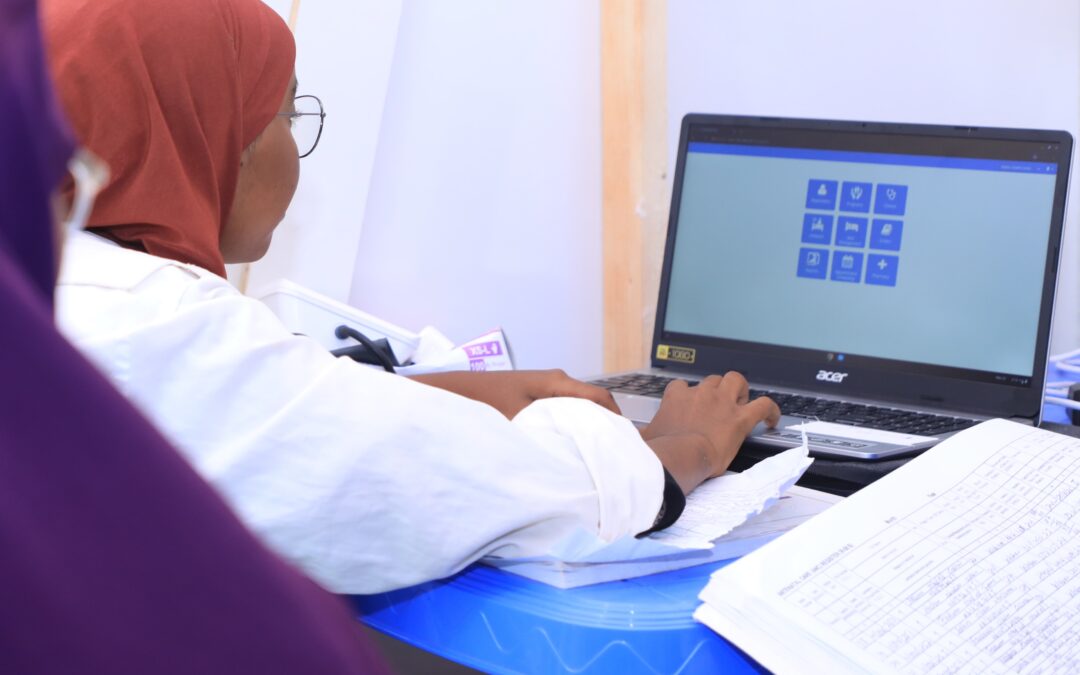Digital transformation in health care goes far beyond introducing new technologies. It demands a systems approach that acknowledges the interconnectedness of policy, infrastructure, human resources, governance, and local realities. In Somalia, the HADDA programme embodies this thinking. It is not simply a project to implement an electronic health record (EHR) system; it is a comprehensive initiative aimed at strengthening the digital foundations of the country’s health system from the ground up.
What Is a Systems Approach in Digital Health?
A systems approach in digital health views technology as just one component of a larger, dynamic ecosystem. It recognises that to be effective, digital solutions must:
Align with national health priorities
Integrate into existing health information systems
Strengthen governance and accountability structures
Build local capacity and promote ownership
Adapt to infrastructure limitations and user needs
This approach avoids quick tech fixes in favour of long-term, sustainable change, building a foundation that can scale, evolve, and respond to real-world constraints.

How the Systems Approach Was Implemented in HADDA
1. Strengthening Governance and Ownership
From the start, HADDA prioritised government leadership and alignment with national health priorities. Working closely with Somalia’s Ministry of Health and federal member states, the project established multiple coordination platforms to ensure stakeholder alignment and shared ownership. These structures facilitated transparent decision-making and strengthened governance and accountability mechanisms. The digital health system was designed to integrate into existing health information systems, ensuring it served national objectives and supported long-term sustainability.
2. Co-Design and Local Adaptation
Central to HADDA’s approach was a commitment to people-centred design. The electronic health record system, built on a global good platform tailored for low-resource settings, was developed through an iterative process grounded in direct user engagement. Health workers and stakeholders participated in regular focus groups, usability testing, and feedback sessions, ensuring the system evolved in response to real-world needs. This collaborative process led to meaningful improvements, such as redesigned workflows, more intuitive features, and upgrades to hardware that enhanced overall usability and user confidence.
3. Integrated Capacity Building
A holistic digital health system is only as effective as the people who use it. HADDA’s systems approach embedded capacity building at every level—supporting health workers, HMIS teams, IT staff, and institutional partners. Training focused on both foundational digital skills and practical system use, reinforced through hands-on learning, user-friendly resources, and planned support structures. This included digital literacy training, step-by-step guidance on using the electronic health record system, and, at a more advanced level, training in data management, analysis, visualisation, and transforming data into actionable information for decision-making.
4. Evidence-Driven Rollout
Rather than rushing to scale, HADDA adopted a phased implementation strategy. Six model clinics were first used to pilot the system. Insights from this phase informed a scalable rollout plan that emphasised sustainability over speed. Evaluation led by research partner ensured ongoing learning, with real-time data feeding into program design and problem-solving.

